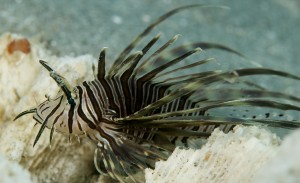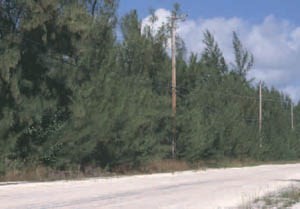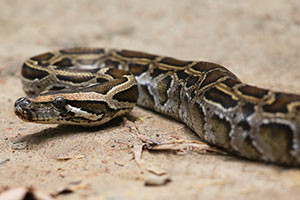 The Florida Everglades have long been a popular tourist destination for visitors from around the United States and around the world. It is easy to see why so many people make this a must see place on their “bucket lists” since it is a unique, one of a kind landscape that gives you access to an incredibly diverse and sensitive environment. The Everglades is a wilderness preserve like no other, allowing visitors a chance to experience flora and fauna that can’t be seen many (if any) other place on earth.
The Florida Everglades have long been a popular tourist destination for visitors from around the United States and around the world. It is easy to see why so many people make this a must see place on their “bucket lists” since it is a unique, one of a kind landscape that gives you access to an incredibly diverse and sensitive environment. The Everglades is a wilderness preserve like no other, allowing visitors a chance to experience flora and fauna that can’t be seen many (if any) other place on earth.
However, there has been consequences from urbanization and tourism. As population has grown, the Everglades have been encroached upon more and more. Some of the swamps were drained to make way for residential, commercial, or industrial complexes as the nearby cities demanded more jobs and places to live. Now, thankfully, what remains of the Everglades is protected and kept as safe as possible from further encroachment or pollution.
It isn’t just people that have been trying to worm their way into the Everglades and snuff out the native species that once thrived there. Foreign plants and animals, often referred to as invasive species, pose, perhaps, an even graver threat to the health of the ecosystem than humans do, though they would never have been a problem had it not been for humans.
When we began to trade further and further from our own shores, with those goods we asked for, came things we didn’t. As trade expanded, new plants and animals that hitch rides across the sea via trade cargo boats, landed on the shores and began to take over, as they didn’t face the native predators in this new place that they did at home. Many of these species quickly took advantage of their new environment and spread rapidly and aggressively.
A lot of the native plants and animals are specialists, which means they require a pretty stable and exact ecosystem to thrive or even survive. As invasive species have made their way into sensitive areas like the Everglades, the native plants find their nutrients and food sources dwindling and can often not compete with the foreign invaders. It often doesn’t even take very long for these invaders to almost completely push out the native flora and fauna, leaving behind a very different landscape.
It is for this reason that there are such staunch rules about the importation of plants and animals from abroad. It is helpful to be cognizant of this problem if you plan to visit the Everglades and it is advised that you take steps, especially if you are visiting internationally, to ensure that you do not bring any potentially harmful spores, seeds, or bugs to the sensitive landscape.
Looking to explore the Everglades? Go for a ride in an airboat tour with Captain Mitch’s Airboat Tours. Here, you’ll be able to see both the native and invasive species up close. To book a tour, click here or call 800-368-0065.
 There are around 18,000 plants native to North America. These plants provide food, fiber, and habitats that people and wildlife depend on. Unfortunately, many invasive (non-native species) plants have become a threat to the native plants and are the second greatest threat (next to humans) to them. Many of these invasive plants have found their way into the Everglades. The Park staff work throughout the year to remove these plants whenever they can in order to protect the natural habitat. One of these invasive species is the Australian Pine (Casuarina equisetifolia).They have invaded thousands of acres in southern Florida.
There are around 18,000 plants native to North America. These plants provide food, fiber, and habitats that people and wildlife depend on. Unfortunately, many invasive (non-native species) plants have become a threat to the native plants and are the second greatest threat (next to humans) to them. Many of these invasive plants have found their way into the Everglades. The Park staff work throughout the year to remove these plants whenever they can in order to protect the natural habitat. One of these invasive species is the Australian Pine (Casuarina equisetifolia).They have invaded thousands of acres in southern Florida. The Burmese python is well-known to be an invasive species in the Florida Everglades; however, there seems to be another major invasive reptile in the wetland: The Nile crocodile. Yes, the Everglades are full of crocodiles, but they’re native to America. These Nile crocodiles come from Africa. But, how did these crocs make their way across the Atlantic Ocean? And, how they end up swimming around the Everglades? That is the big question.
The Burmese python is well-known to be an invasive species in the Florida Everglades; however, there seems to be another major invasive reptile in the wetland: The Nile crocodile. Yes, the Everglades are full of crocodiles, but they’re native to America. These Nile crocodiles come from Africa. But, how did these crocs make their way across the Atlantic Ocean? And, how they end up swimming around the Everglades? That is the big question.






